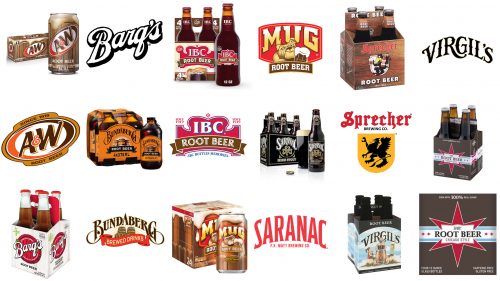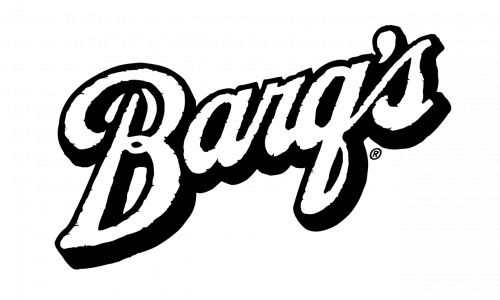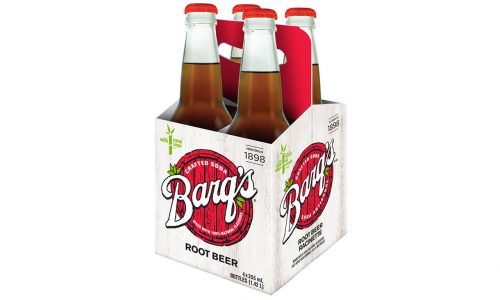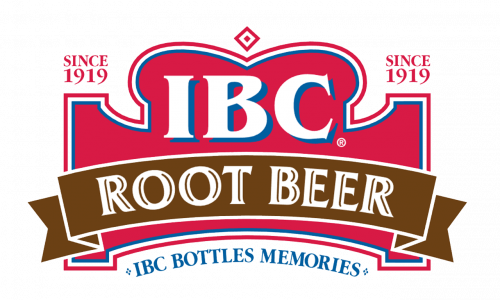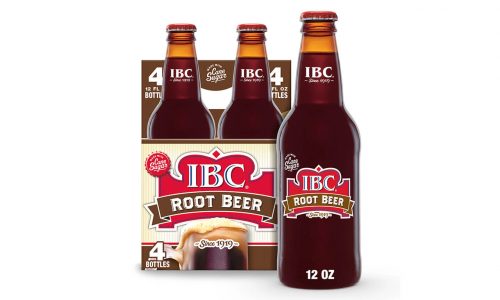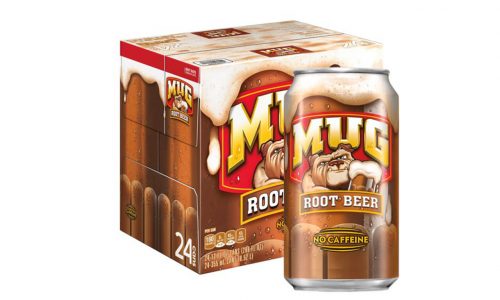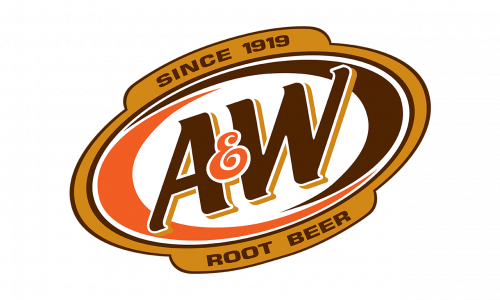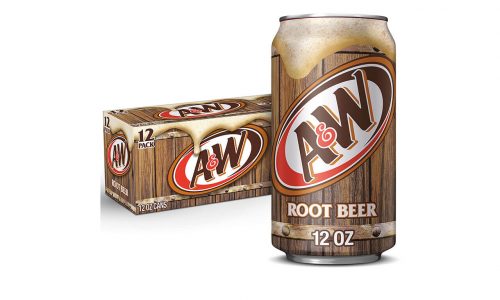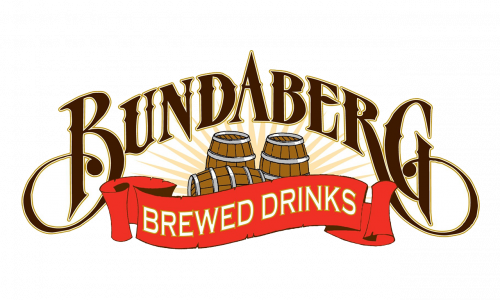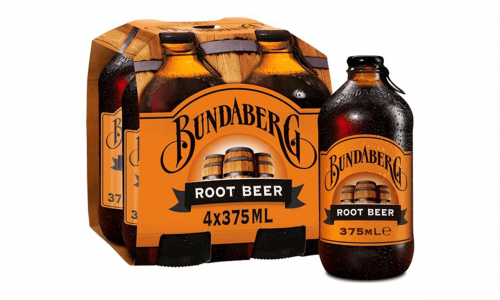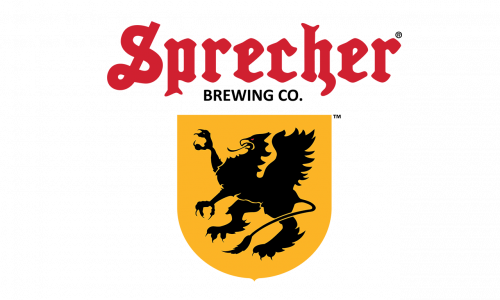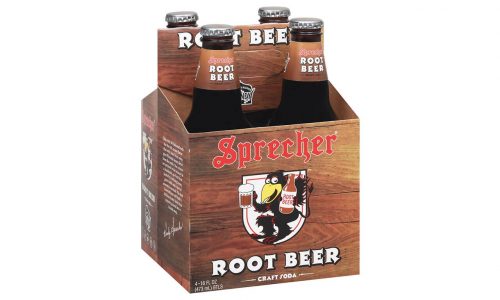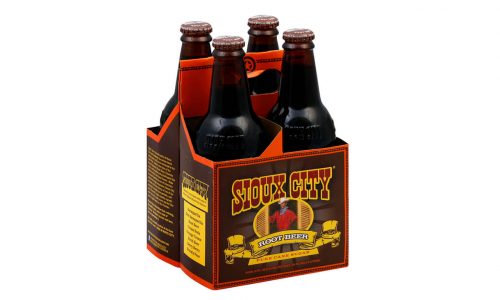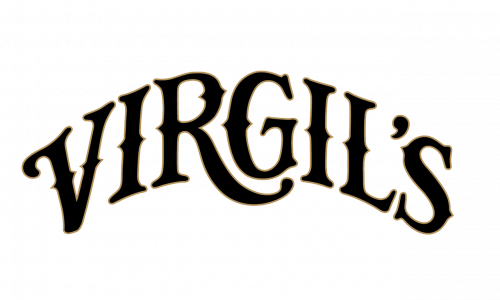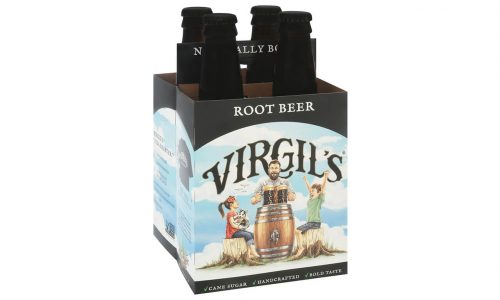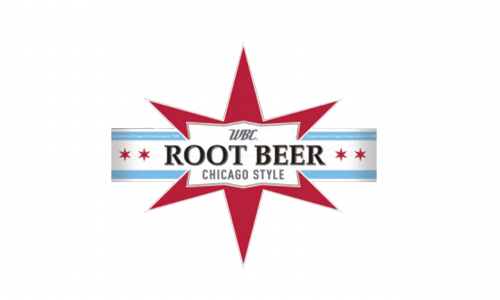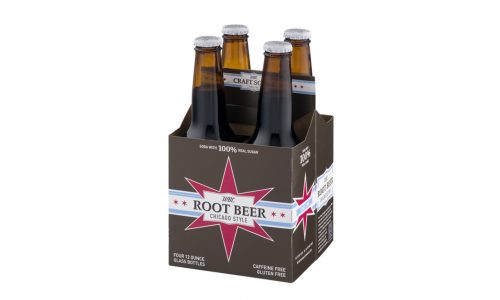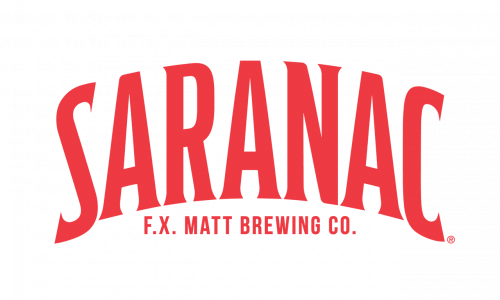Root beer, a member of the so-called small beers group, has been brewed in America since colonization times. These drinks, characterized by an ethyl alcohol content not exceeding 0.5% (often even non-alcoholic), do not adhere to a single recipe. Different producers use a variety of plant roots, tree bark, herbs, and spices. The non-alcoholic version of root beer is typically made from extracts or syrups with the addition of carbonated soda water. In its alcoholic variant, the extract is mixed with yeast for fermentation.
In the mid-nineteenth century, American pharmacist Charles Elmer Hires revolutionized the beverage industry by establishing mass production and sale of non-alcoholic root beer, a “teetotaler beverage”. Hires, a pioneer in the American soft drink business, contributed to the popularity of root beer, paving the way for giants like Coca-Cola and Pepsi. Notably, Hires Root Beer remains one of the best root beers revered for its traditional flavor.
Traditional root beer, a non-alcoholic or low-alcohol carbonated beverage, originally made from the roots or bark of the sassafras tree, gained the nickname “root beer”. Today, there are over thirty varieties of root beer worldwide, ranging from completely non-alcoholic to those with low alcohol content, including zero-sugar root beers and innovations like the root beer float, which blends the soda with ice cream.
Since the FDA recognized sassafras as potentially harmful, modern root beer is produced differently, using water, glucose, and flavored syrup to mimic the natural flavor and aroma of sassafras. This shift has led to a diversity in root beer production, with variations like wintergreen, honey, and various fruit and berry additives, each contributing to the unique taste profiles of brands like Dad’s Root Beer and others, making each product distinct in the root beer market.
The composition of root beer includes:
- orange and lemon zest;
- dried berries and fruits;
- licorice;
- spicy herbs.
Many people recognize in the taste of the drink pleasant notes of cloves, vanilla, and cinnamon, and some feel the unique taste and aroma of anise, melissa, and nutmeg.The drink may also contain caffeine, carbonated beverages, and sometimes alcohol.
Unlike regular beer, root beer has a thick foam. This is especially true when you pour the drink.
This is one of the distinguishing characteristics of this sweet drink. The foam in traditional root beer was from sassafras root. However, modern root beer companies use carbonated components to add foam.
A bit of history
The legend of St. Arnold in Belgium, a monk and a scientist, tells a fascinating tale. He studied the longevity of the rich compared to the poor and discovered a key difference: the rich drank beer and wine instead of water. This finding spurred St. Arnold to initiate the tradition of monastic brewing in Belgium, aiming to provide cheaper beer to the poor. Historically, there were three main types of beer: regular beer, similar in strength to contemporary beers; strong beer; and the so-called “small beers,” from which the origins of root beer can be traced.
Given that beer was the safest form of hydration, low-alcohol beers became essential daily substitutes for water, especially for children. These small beers contained about 2% alcohol, with the alcohol and bitter ingredients like hops acting as natural preservatives. The brewing process resembled making tea, using barley or other grains for sweetness and hops or herbs for bitterness. This mixture was boiled to blend the flavors and kill any bacteria in the water, then cooled and fermented with yeast.
Yeast fermentation produced alcohol and carbon dioxide bubbles. There were three methods for brewing fine beer: using residual sugar left in grains after brewing strong beer, employing minimal grain amounts, or consuming the beer young and sweet before fermentation completed.
Modern root beer, with its unique flavor profile, seems to taste similar to these sweet beers brewed using the third method. Its high level of sweetness and caffeine-free nature align closely with this approach, though no modern commercial root beer employs yeast or contains alcohol. Modern root beers, distinguished by their dedication to replicating traditional tastes, often include ingredients like sodium benzoate for preservation, catering to the hankering for a nostalgic, sweet flavor reminiscent of the past.
Barq’s Root Beer
Many producers followed Hires’ idea and began selling root beer extracts, making it the most popular non-alcoholic beverage in America. One of the first was Barq’s, which began making root beer in 1898.
They avoided using the name “root beer” for decades to prevent a legal conflict with Hires. Also, their brew was very different from other available root beers. They used sarsaparilla and caffeine to make the drink,reduced the sugar, and increased the carbonation compared to other brands.
Barq’s Root Beer is a non-alcoholic carbonated beverage, root beer. Root Beer has an exceptional, unlike anything else taste. Since 1898, Barq’s Root Beer has had a simple slogan: “Drink Barq’s. It’s Good.” A century later, it’s just as good. Ingredients: drinking water, high fructose corn syrup, caramel color IV, preservative e211, citric acid, caffeine, natural flavoring, flavoring identical to natural.
IBC
In 2008, the American soft drink brand IBC Root Beer, known since the times of “Prohibition” in 1919, presented a new “nostalgic” package design. The renewed visual image was supposed to evoke associations with the era of the 1920s when drinking alcoholic beverages was legally prohibited in the USA. It was in those years (1919) that “root beer,” also known as “sarsaparilla,” a fizzy root beer flavored with nutmeg oil, appeared in America. It was very popular during the Prohibition period, but after World War II sales of the drink plummeted.
In 1976, IBC was bought by Taylor Beverages, which in turn was sold to the Seven-Up Company in 1980. AfterDr. Pepper and Seven-Up merger, distribution of the drink was established in all states. Dr. Pepper/Seven Up Inc. was then taken over by Cadbury Schweppes, and the brand became part of Cadbury Schweppes Americas Beverages. Finally, in 2008, IBC was taken over by the Dr. Pepper Snapple Group, into which Cadbury Schweppes was reorganized.
Mug
MUG Root Beer is the first carbonated drink in the world,even older than Coca-Cola. This Rubio has an exceptional,unlike anything else in the world, which is why it is what’s made it so popular in the United States since Prohibitionwhen many craftsmen used it to get around the law.
The main ingredient sassafrasis combined with other ingredients such as vanilla, cherry bark, licorice root, sarsaparilla root, nutmeg, anise, melissa, cinnamon, and cloves.
A&W
A&W is perhaps the most famous root beer brand outside the United States. Roy Allen started his brand in 1919 after honoring veterans during the root beer parade he produced. With his partner Frank Wright, he founded the company and opened the first stand of permanent root beer in Lodi and Sacramento.
After paying off his partner in 1924, Allen founded America’s first chain of franchised restaurants.In 1927, John and Alice Marriott came to Washington and opened a restaurant. They bought the franchise license from A&W root beer and renamed it Hot Shoppe.
Bundaberg Root Beer
Bundaberg Fermented Drinks is the market leader in premium non-alcoholic beverages in Australia and New Zealand. The Australian company Bundaberg Brewed Drinks has been producing craft beverages since 1960 and has successfully exported its products to more than 30 countries around the world.
At the heart of the success and recognition of Bundaberg, drinks is the secret of using natural fruit juices, herbs, spices, and sugar cane grown in the fertile soils of subtropical Australia.
Sprecher
Sprecher root beer is the top choice in this category for millions of Americans. This brand of beer is fermented in bourbon barrels, so it has some maturity and a familiar flavor. Residual bourbon particles give this robust root beer character and style. This beer won gold in 2016 and silver in 2017.
Drink it pure, mix it with cocktails, make it into spirits recipes, or use it as a base for brewing your root beer. By the way, Sprecher was Milwaukee’s first brewer. And their flagship was the first adult root beer in the United States. It was brewed in a kettle over an open fire.
Sioux City
Sioux City Root Beer is a product of the company, which started as a distributor of bottled water in the middle of the 1870s. Although, by today its “clear” past has become forgotten, and the number one product of the brand today isroot beer. The specialization of the companychanged at the beginning of the 1950s when it was bought by Morgan Beverages. Today Sioux City is one of the most popular brands in the root beer segment in the United States.
Virgil’s Root beer
The root beer of this brand is considered more exclusive and sophisticated than competitors’ drinks because this root beer is produced in small batches, which allows you to focus on the quality of ingredients and production process. Virgil’s root beer has a mild creamy taste with spicy notes. This light (only 150 calories) drink contains vanilla, cinnamon, nutmeg, cloves, and anise.
Virgil’s is a very young brand compared to its competitors. The company was founded in 1994, and 1999 it moved under the wing of Reed’s beer brand.
WBC Chicago Style Root Beer
WBC in the name of this brand stands for Wit Beverage Company, and it is this part of the naming of the famous root beer that is a constant stumbling block – it keeps getting removed and then brought back. Be that as it may, this root beer is best known as a Chicago-style drink, because that’s how it was introduced to the public in the early 1920s. The secret to the WBC root beer is the use of triple carbonated water, which makes the drink tarter and less sweet than its competitors.
Saranac
Saranac is one of America’s oldest root beer brands. The company has been making its creamy, stand-up Pen drink since the late 1880s. True, Saranac was first called Tavern Root Beer. This brand, like many other root beer producers in America, owes its rise to Prohibition. Saranac root beer is one of the drinks available in glass bottles, which makes it even more akin to real beer.


